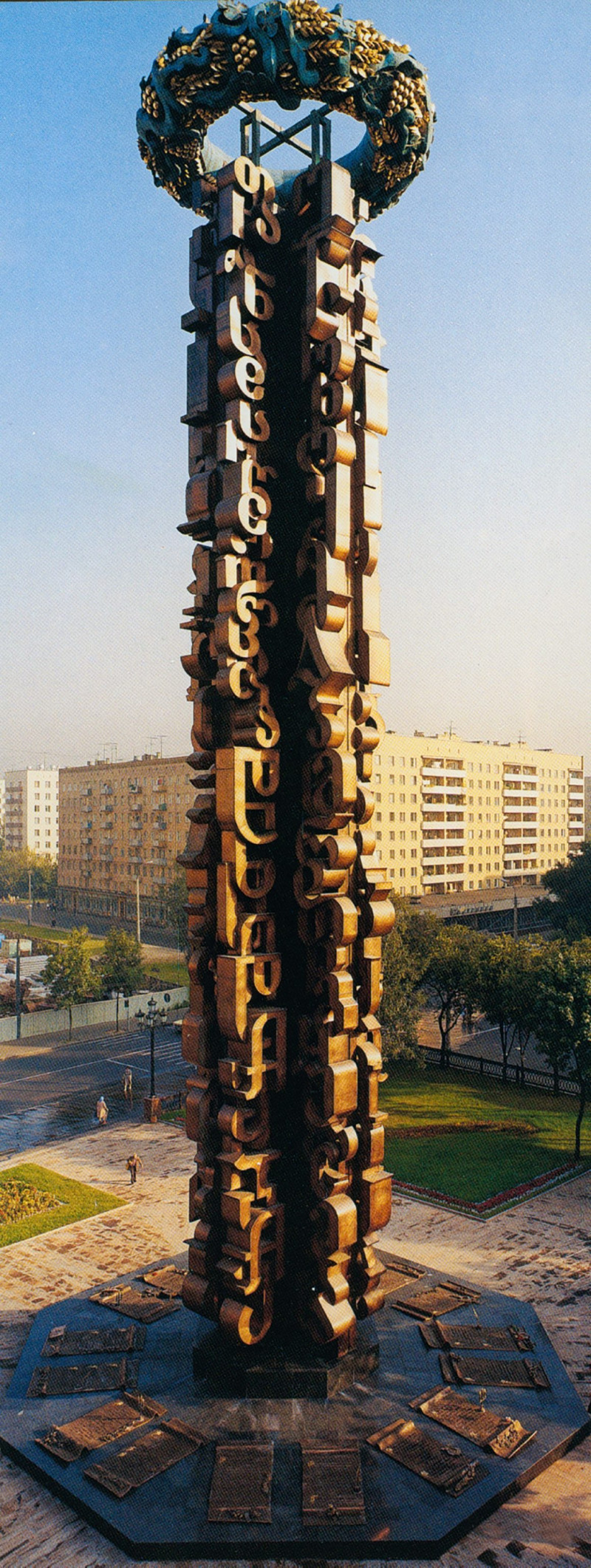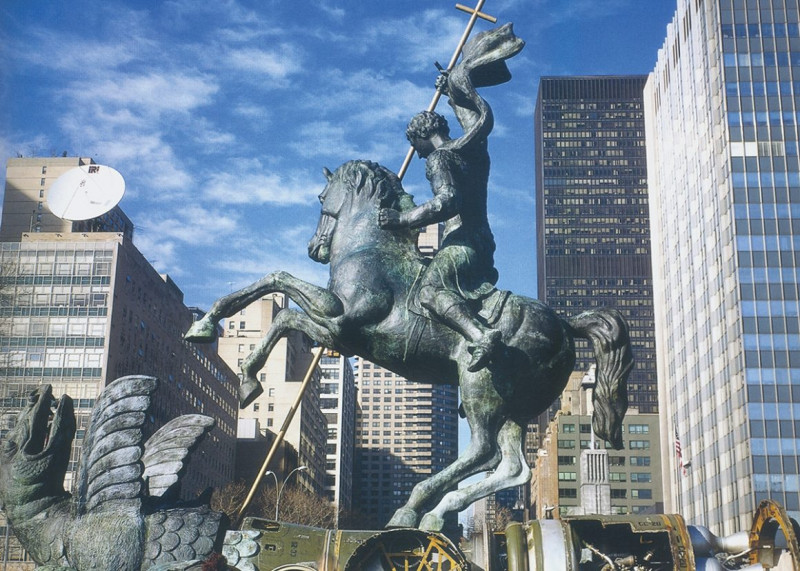President of the Russian Academy of Fine Arts, he designed dozens of impressive monuments, but often martial arts
Famous Georgian descent Russian sculptor Zurab Tsereteli, known for his monumental works, left his last breath last night at the age of 91, Russian news agencies reported.
“His heart stopped,” said his assistant, Sergei Sagulasville, at the Ria Novosti agency, clarifying that the artist died at his home in Perendelkinos, near Moscow, “surrounded by his works”.
Since 1997 of the Russian Academy of Fine Arts, he has designed dozens of monuments, strikingly because of their dimensions, but often warlike objects.
His works, which have a large presence in the Moscow urban landscape – among them a 142 -meter -long victory (1995) and a 98 -meter statue of the Great Peter (1997) – have always caused discussions in the Russian media and in the Russian society, mainly because of their magnitude.
The sculptor, born on January 4, 1934 in Tbilisi, Georgia, participated in the decoration of the Grand Cathedral of Christ Savior, which was rebuilt in the heart of Moscow from 1996 to 2000, and set up in the Russian capital one Statue of General De Gaulle eight meters high (2005).
A statue of Pope John-Paul B‘crafted by Tsereteli, who has been honored in France with the Legion of Honor, was set up near the Cathedral of Our Lady of Paris in October 2014.
When Mikhail Gorbachev began Perestroika in the USSR, Jurab Cereteli had a brief success in the West, with monuments dedicated to changes in the communist world in London (“To destroy the wall of distrust», 1989) and in New York (‘Victory of good over evil“, Made of Soviet and American missiles in 1990).
Encouraged by this success, the sculptor suggested in 1992 to offer the United States a 45 -meter -long statue of Christopher Columbus for the 500 years after America’s discovery, but US authorities refused his gift.
The statue of Columbus was set up three years later in Seville, Spain.
See here all the monumental sculptures of Cereteli
Cereteli then attempted to offer the New York City a monument dedicated to the victims of the September 11, 2001 attacks, a 30 -meter giant tear, but the US authorities politely denied his offer. Csereteli’s tear eventually found refuge in 2005 in Bayon, a small town of 60,000 inhabitants in New Jersey.
Source :Skai
With a wealth of experience honed over 4+ years in journalism, I bring a seasoned voice to the world of news. Currently, I work as a freelance writer and editor, always seeking new opportunities to tell compelling stories in the field of world news.












